Open-source devices have their pros and cons. While they allow you to customize your experience, viruses can also piggyback on their code and infiltrate your device. This is what happened with the Chromium virus.
What Is Chromium?
Chromium is an open-sourced web browser project made by Google. A majority of the code mimics the classic Google Chrome browser, but the difference is that some of the code is contributed by others. While Chromium is a legitimate browser, its open-source code has made it unstable, full of bugs and a target for spreading viruses.
What Is the Chromium Virus?
The Chromium virus is a malicious web browser that is created using the Chromium code. It is able to overwrite the Chrome browser and replace the original shortcuts with fake ones. It can change the search engine default on your browser so that you’re directed to fake sponsored search results, and it can also control your apps, themes and extensions.
There are a few ways the Chromium virus can enter your system. Some of these include a download after visiting a malicious website; a fake alert prompting you to update your software or web browser; a download of freeware or shareware programs that have it secretly bundled; or a malicious email attachment. In some of these cases, you may know you’ve downloaded it, while other times the signs of the download will show up later on.
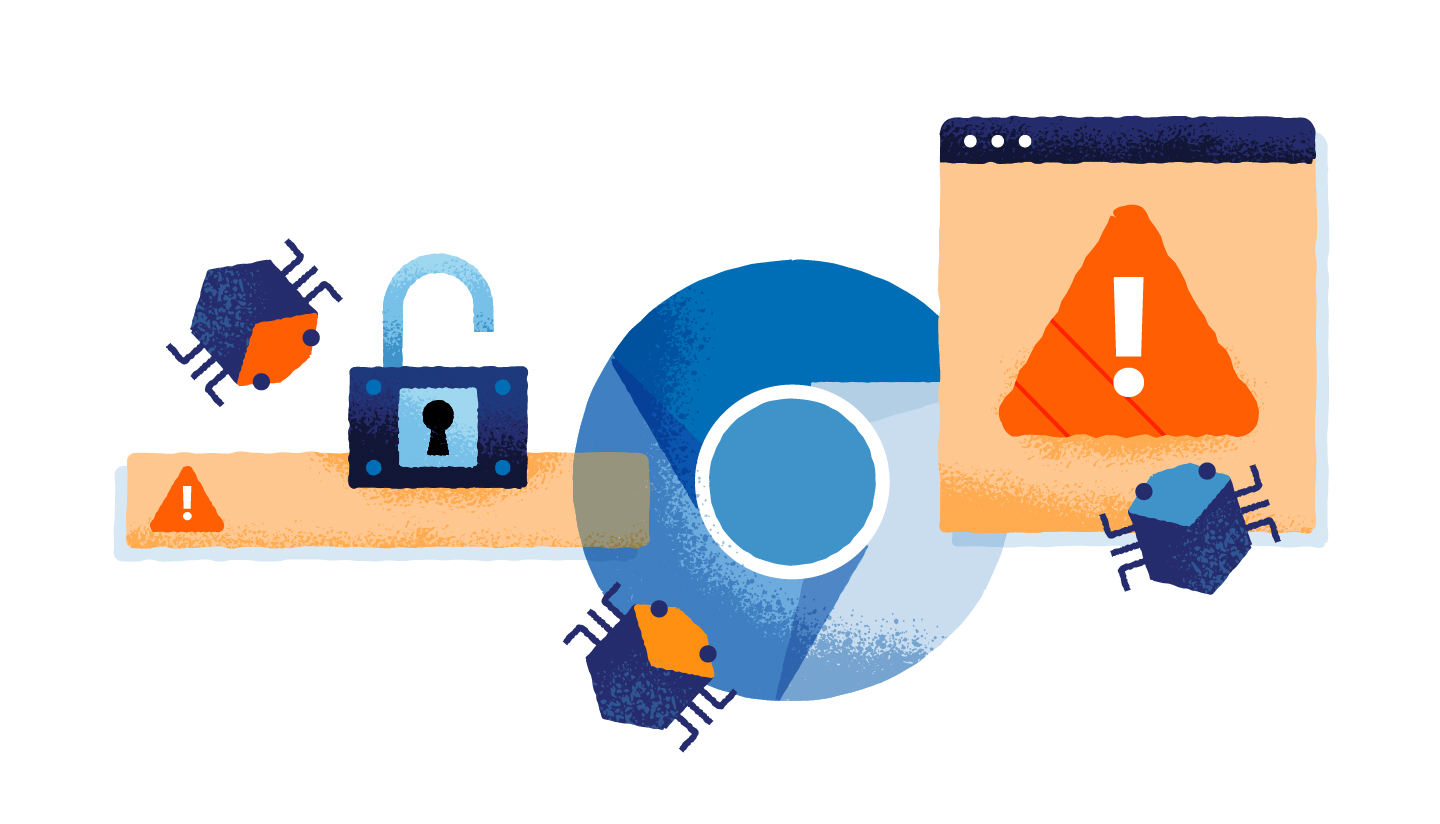
Signs the Chromium Virus Is on Your Computer
There are some indications that will alert you of the Chromium virus on your computer:
- Your web browser’s default home page is different.
- The search portal page is changed when the “new tab” is selected.
- Your web browsing experience is filled with irrelevant search results.
- There is an increase in advertisements.
- PC becomes slow and there is a high CPU usage.
- You are restricted from using installed applications and programs.
If you notice any or all of these, you’ll need to remove the Chromium virus from your computer. You can do this easily with an antivirus program like the Panda Security Cloud Cleaner or you can adjust your settings manually.
How to Remove the Chromium Virus From Your PC
If the virus was downloaded on your PC, you’ll need to find it on your device and uninstall it. Find your device and follow the instructions.
Remove Chromium from Windows 7, Windows 8 or Windows 10
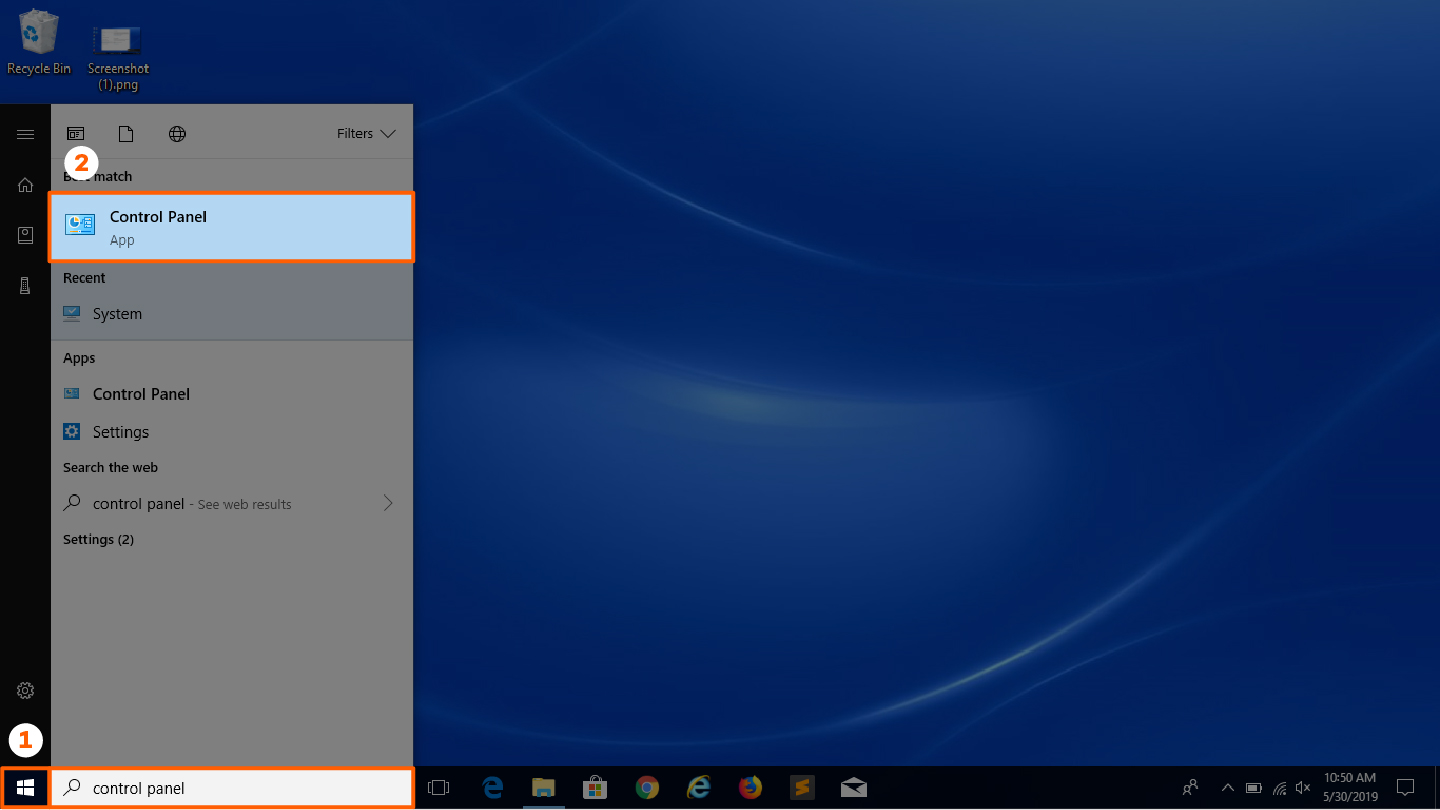
Step 1: Click “Start” (logo in the lower left corner of the desktop).
Step 2: Choose “Control Panel.” If you do not see the “Control Panel” option, search for it in the search bar.
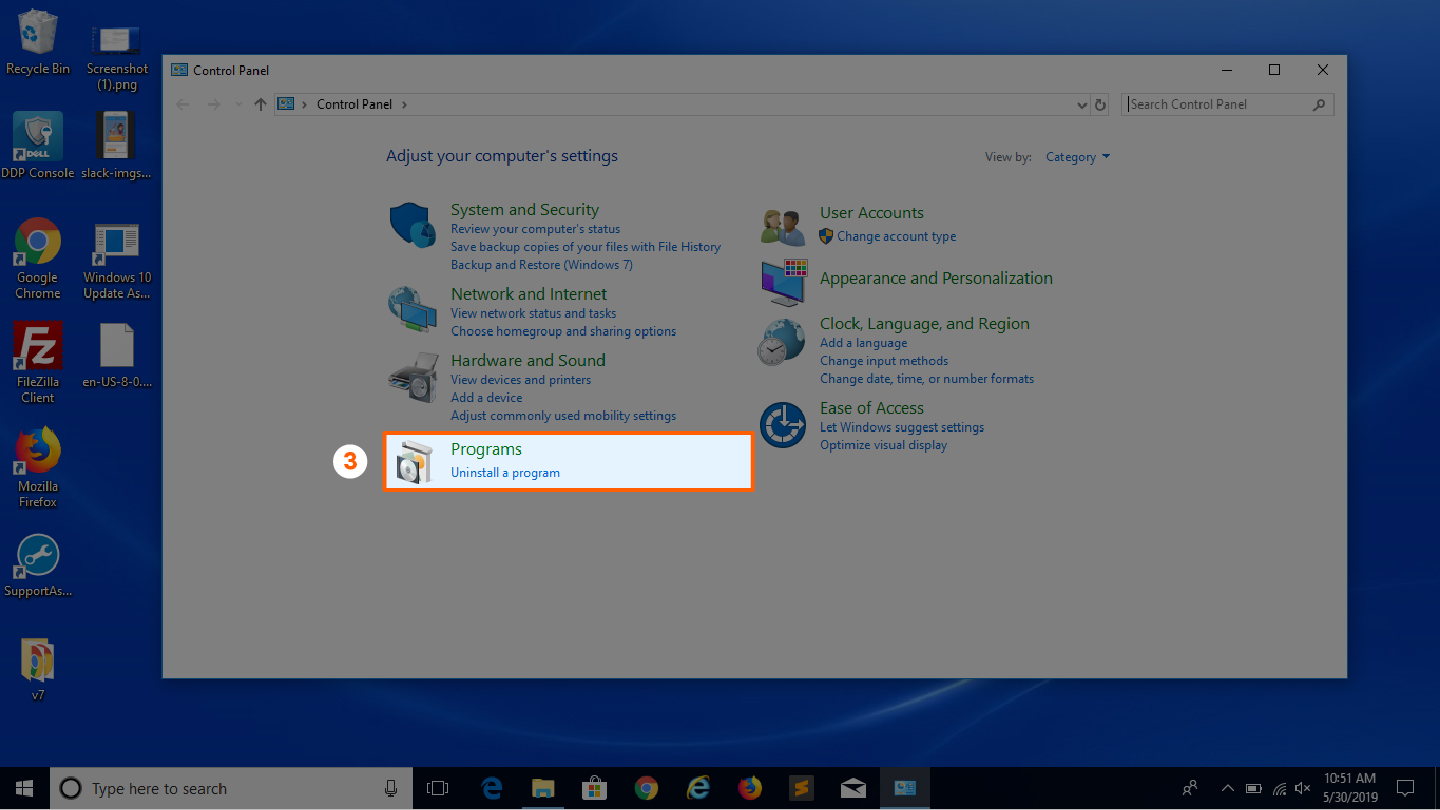
Step 3: Find “Programs and Features.”
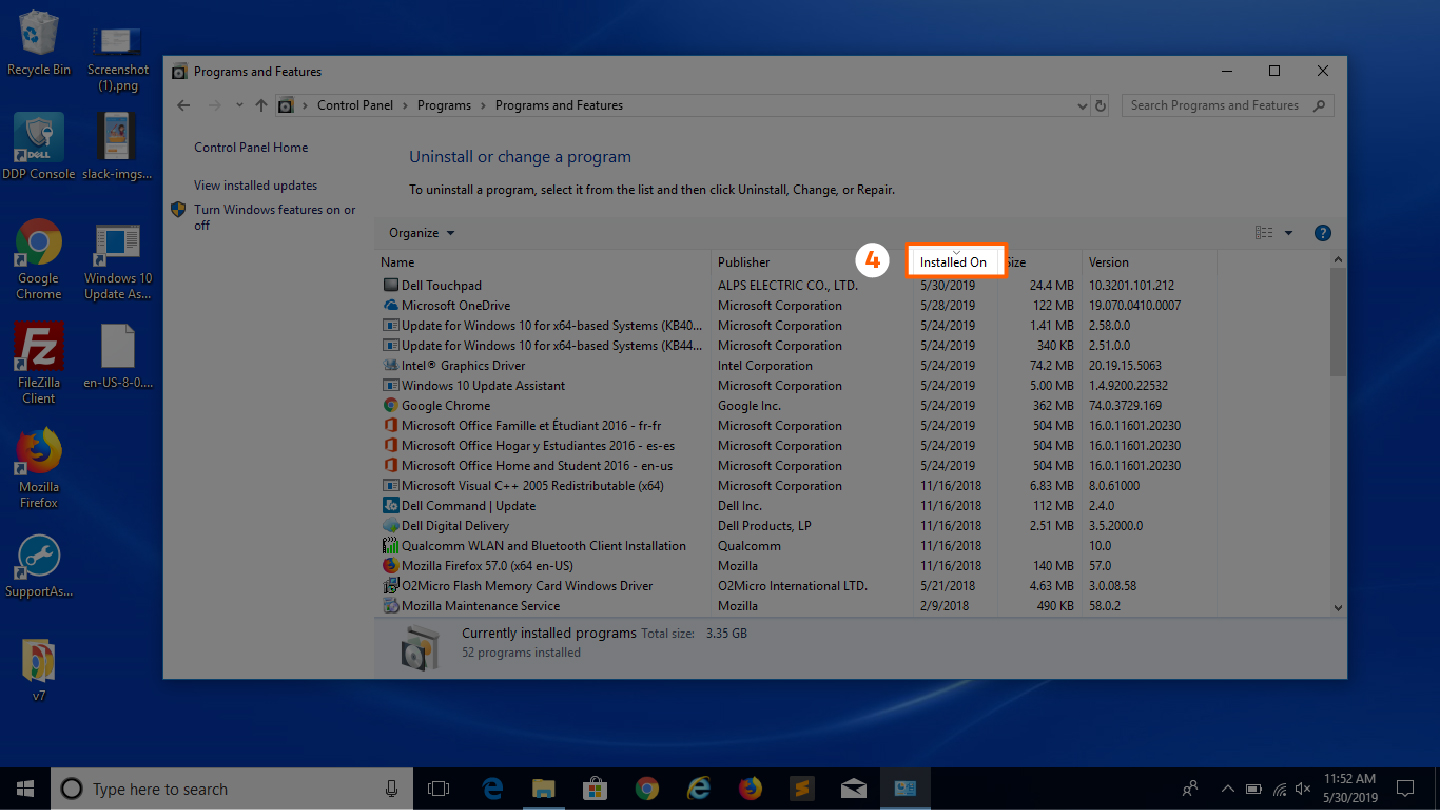
Step 4: Choose to “Uninstall a program” and select Chromium or any other recently installed suspicious applications (sort by date).
Remove Chromium from Windows XP
Step 1: Click “Start” in the lower left corner of the screen.
Step 2: Choose “Settings.”
Step 3: Click “Control Panel.”
Step 4: Choose “Add or Remove Programs” and remove Chromium.
Remove Chromium from Mac OSX
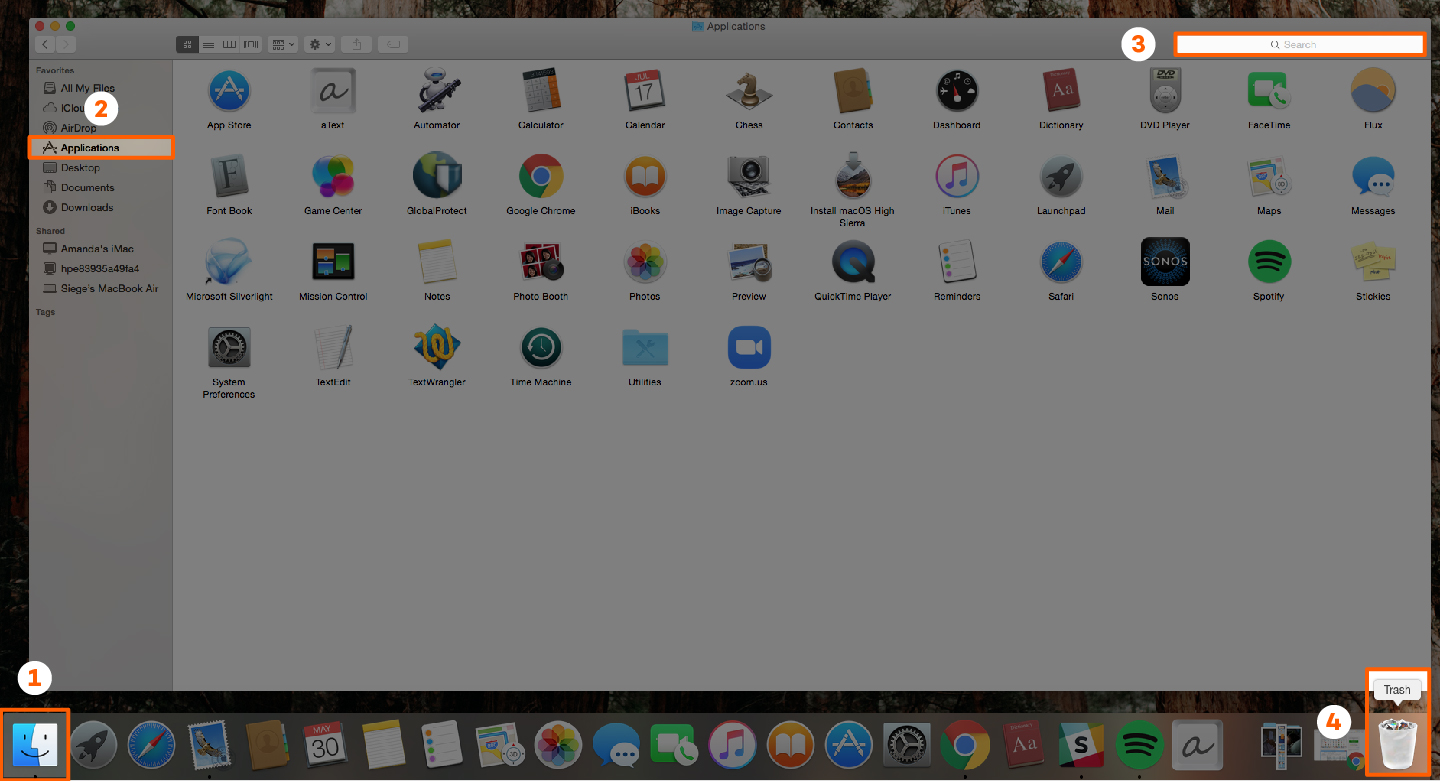
Step 1: Click “Finder” in bottom left of your screen.
Step 2: Select “Applications” on the left menu.
Step 3: Find the Chromium app using the search function.
Step 4: Drag the app to the trash bin in the lower right side of your screen.
Step 5: Right click the trash and select “Empty Trash.”
Remove Malware From Your Internet Browser
Even if the Chromium virus is removed from your device, there may be other malware or adware that was bundled with the download. To remove any of these browser add-ons or malware, we have a step-by-step guide for removing adware from every Internet browser.
Remove malware from Internet Explorer
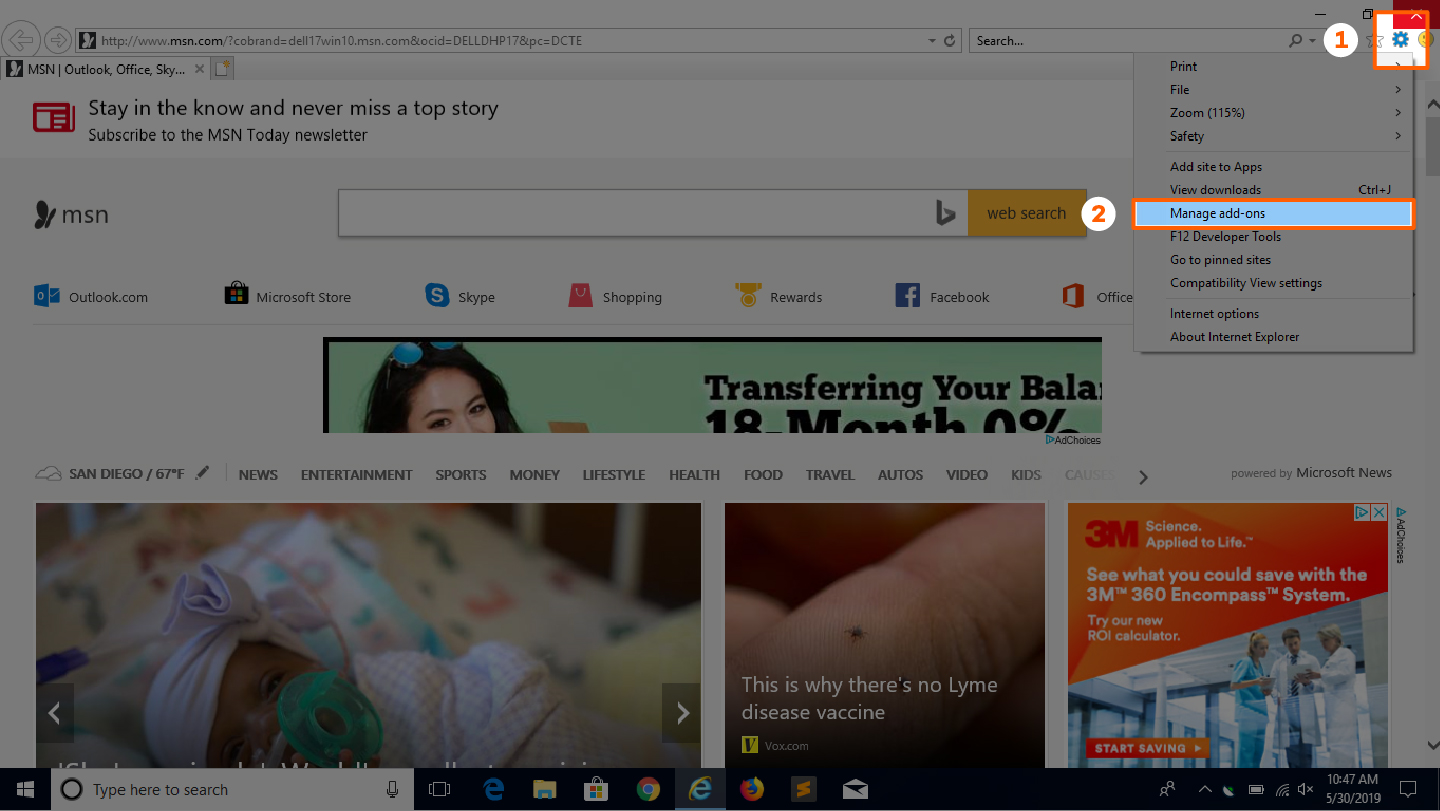
Step 1: Click the gear icon in the top right corner of the Internet Explorer screen.
Step 2: Select “Manage Add-ons.”
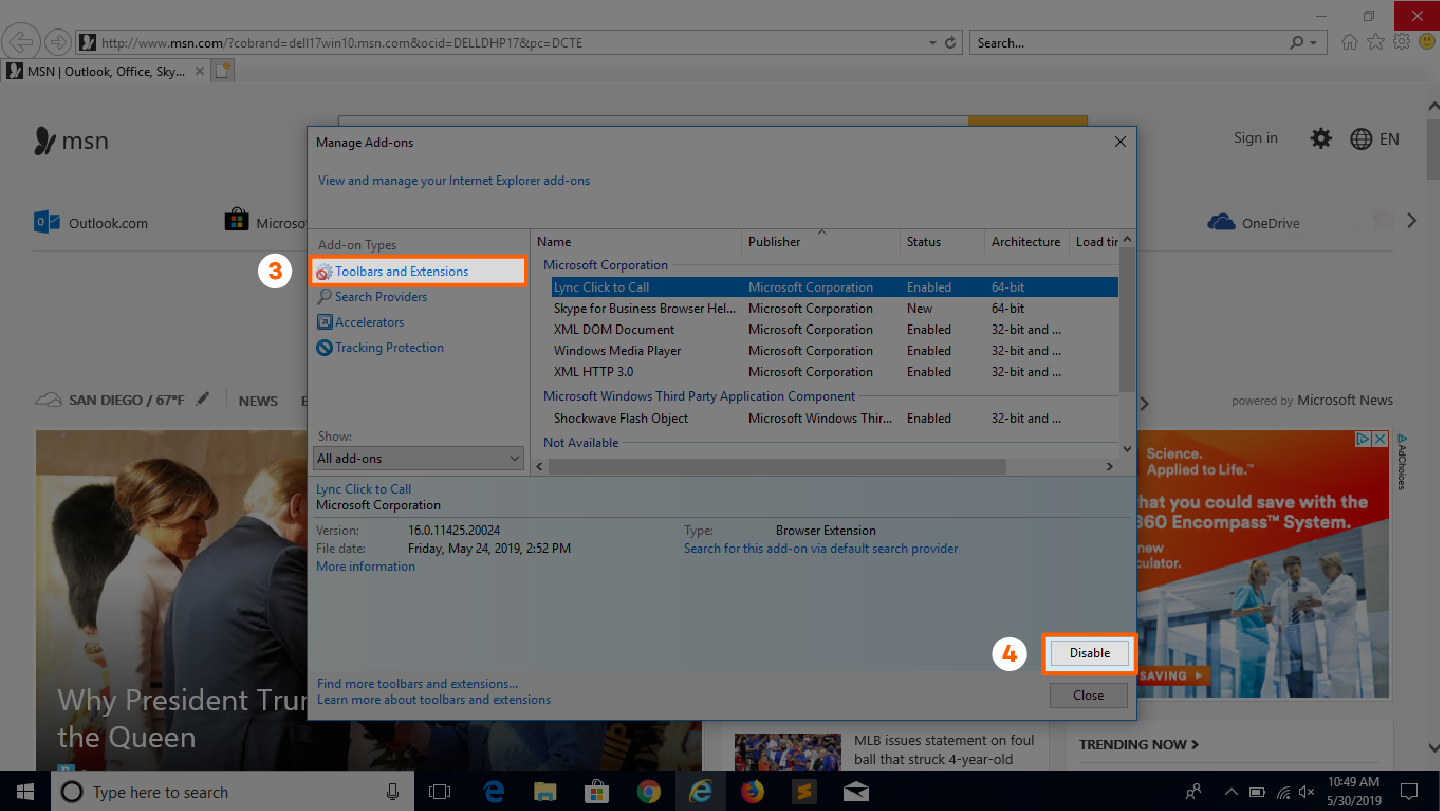
Step 3: Find any recently added extensions that look suspicious.
Step 4: Select the suspicious entry and click “Remove.”
Remove malware from Google Chrome
Step 1: Click the menu icon on Chrome (top right-hand corner).
Step 2: Select “More Tools.”
Step 3: Click on “Extensions.”
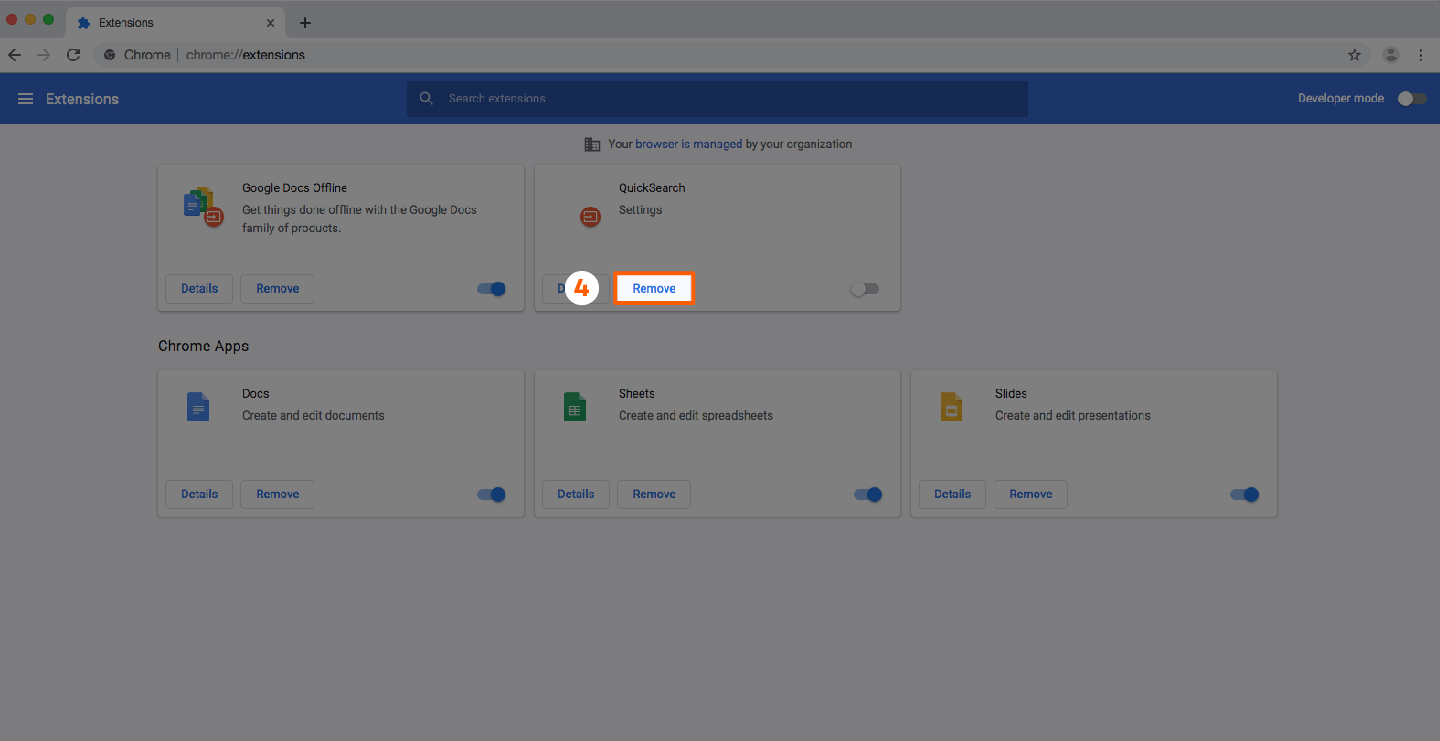
Step 4: Locate any browser add-ons that look suspicious and select “Remove.”
Remove malware from Mozilla Firefox
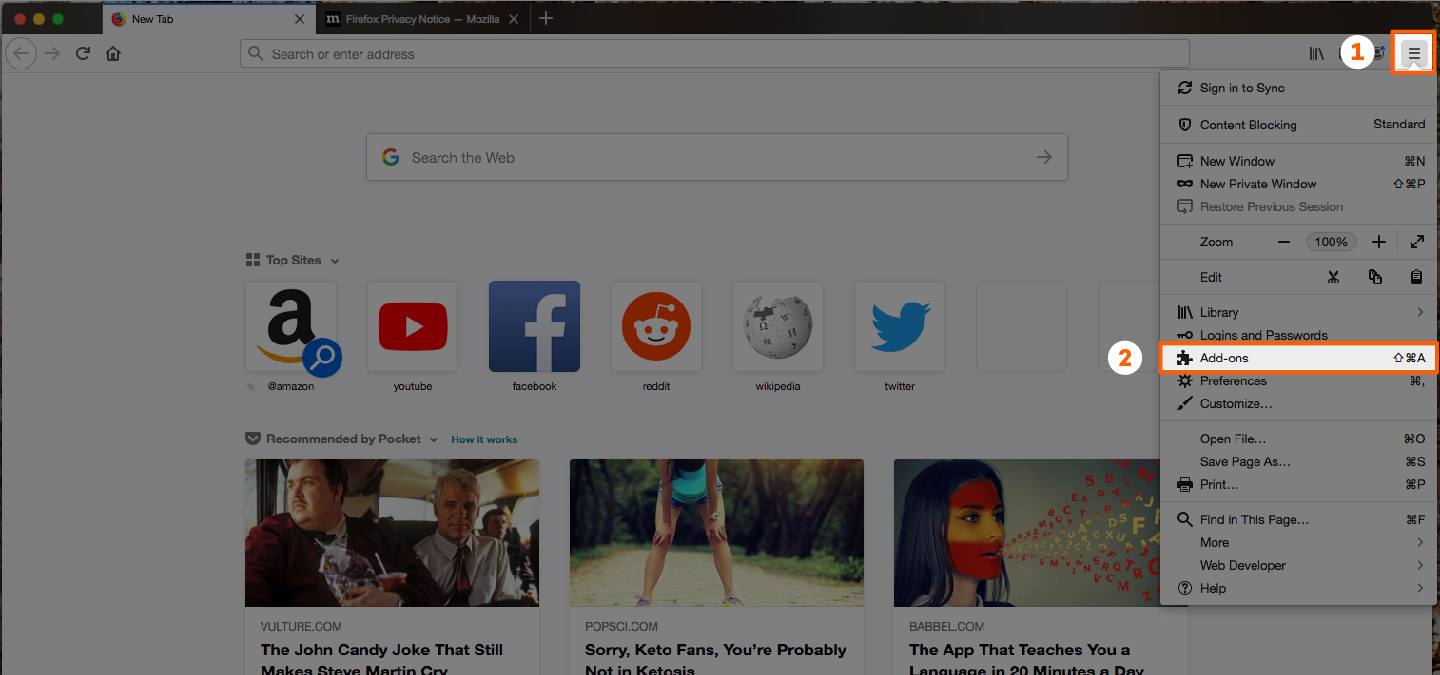
Step 1: Click the Firefox menu in the top right corner of the screen.
Step 2: Choose “Add-ons.”
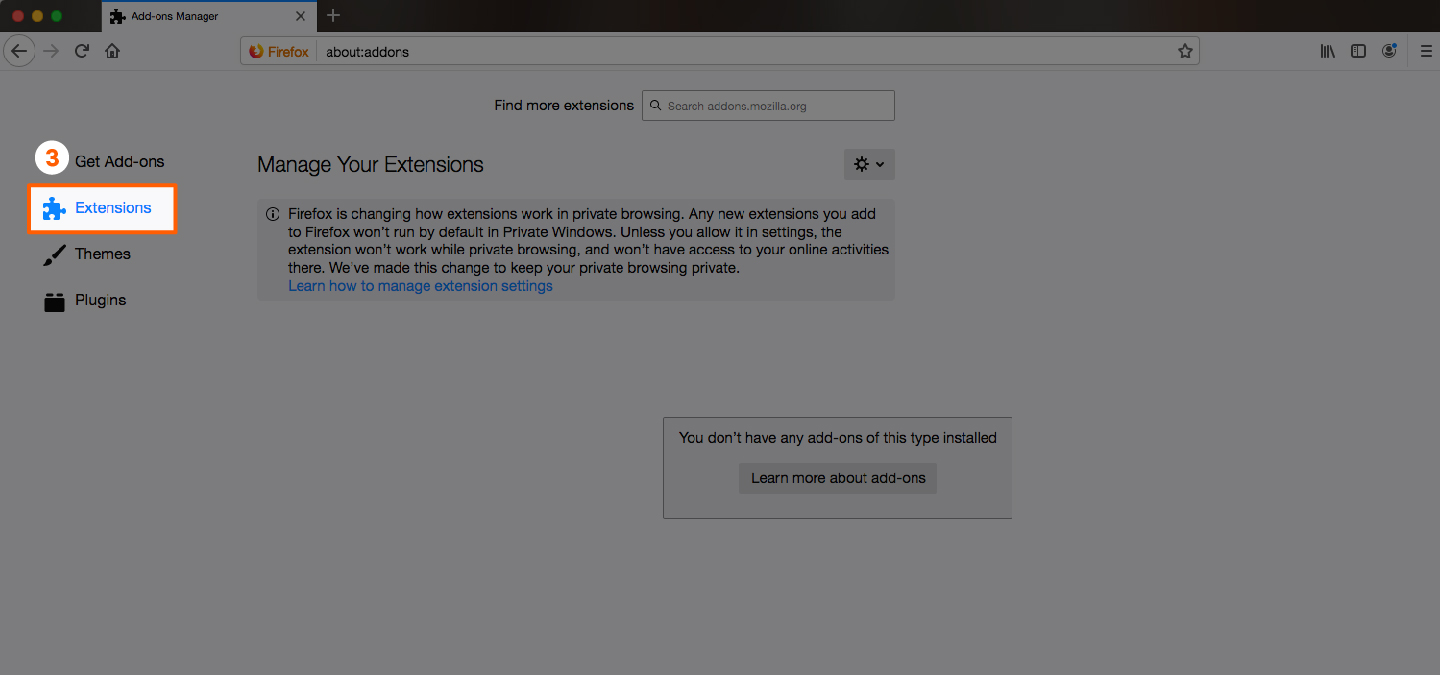
Step 3: Select “Extensions.”
Step 4: Remove any recently installed suspicious plug-ins.
Remove malware from Safari
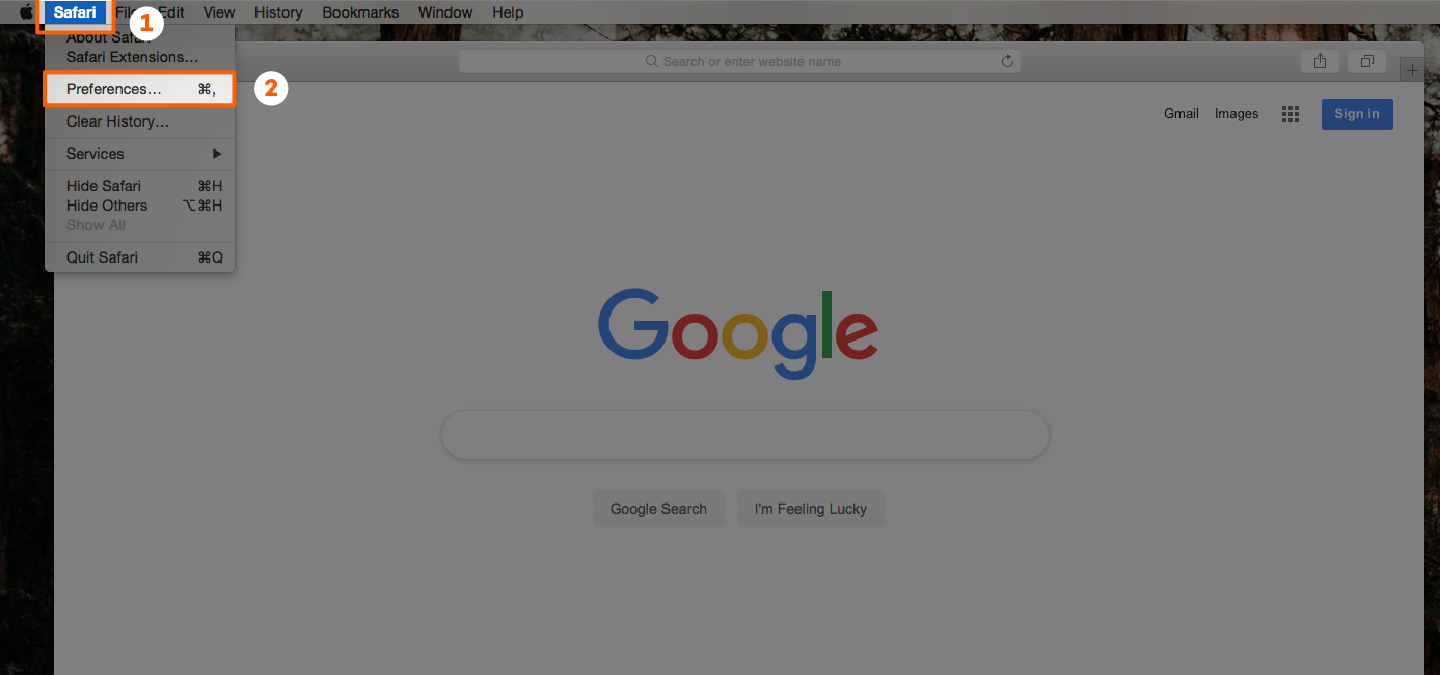
Step 1: Open your Safari browser and then choose the Safari menu, labeled “Safari” on the top left of your screen.
Step 2: Choose “Preferences.”
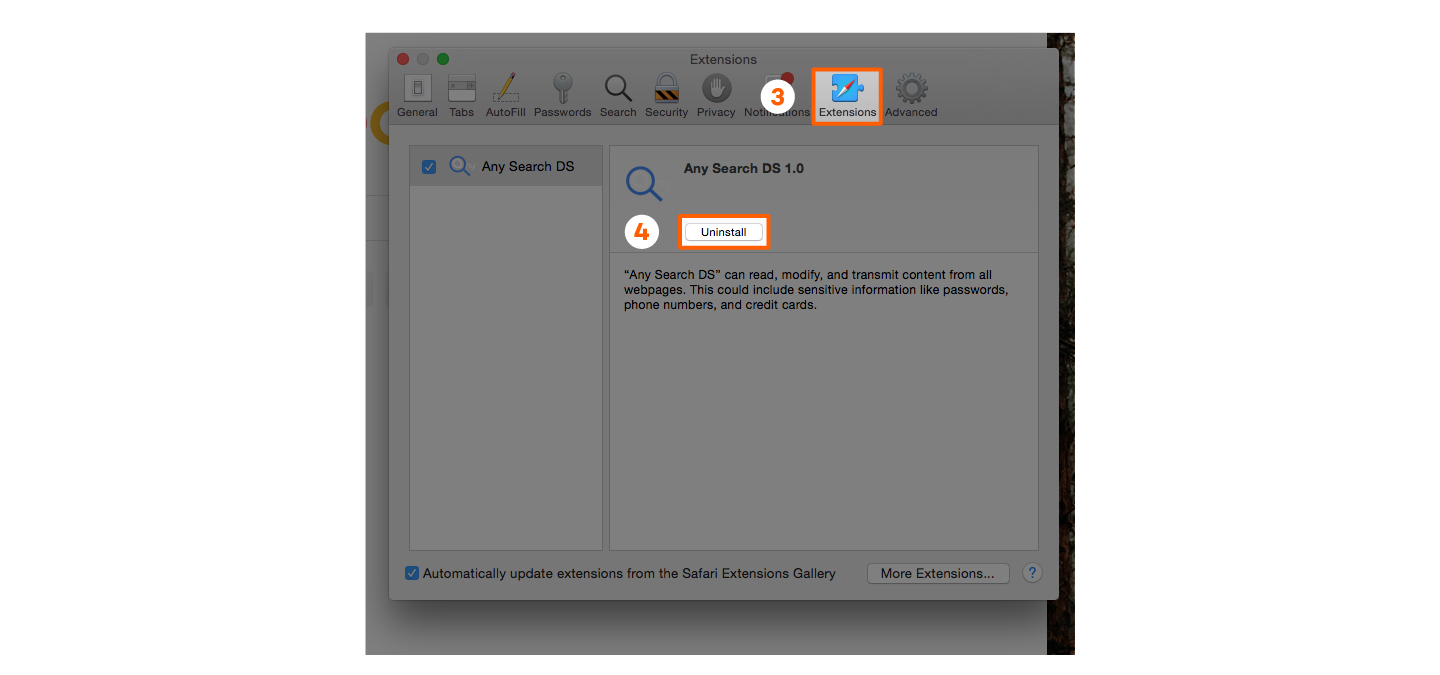
Step 3: Select “Extensions.”
Step 4: Find recent suspicious extensions and click “Uninstall.”
Although the Chromium virus does not damage your computer’s system, it can influence your browsing and put you at risk for more extreme viruses. To help ensure your computer is protected against these threats, try Panda Security’s Free Antivirus.
Sources:

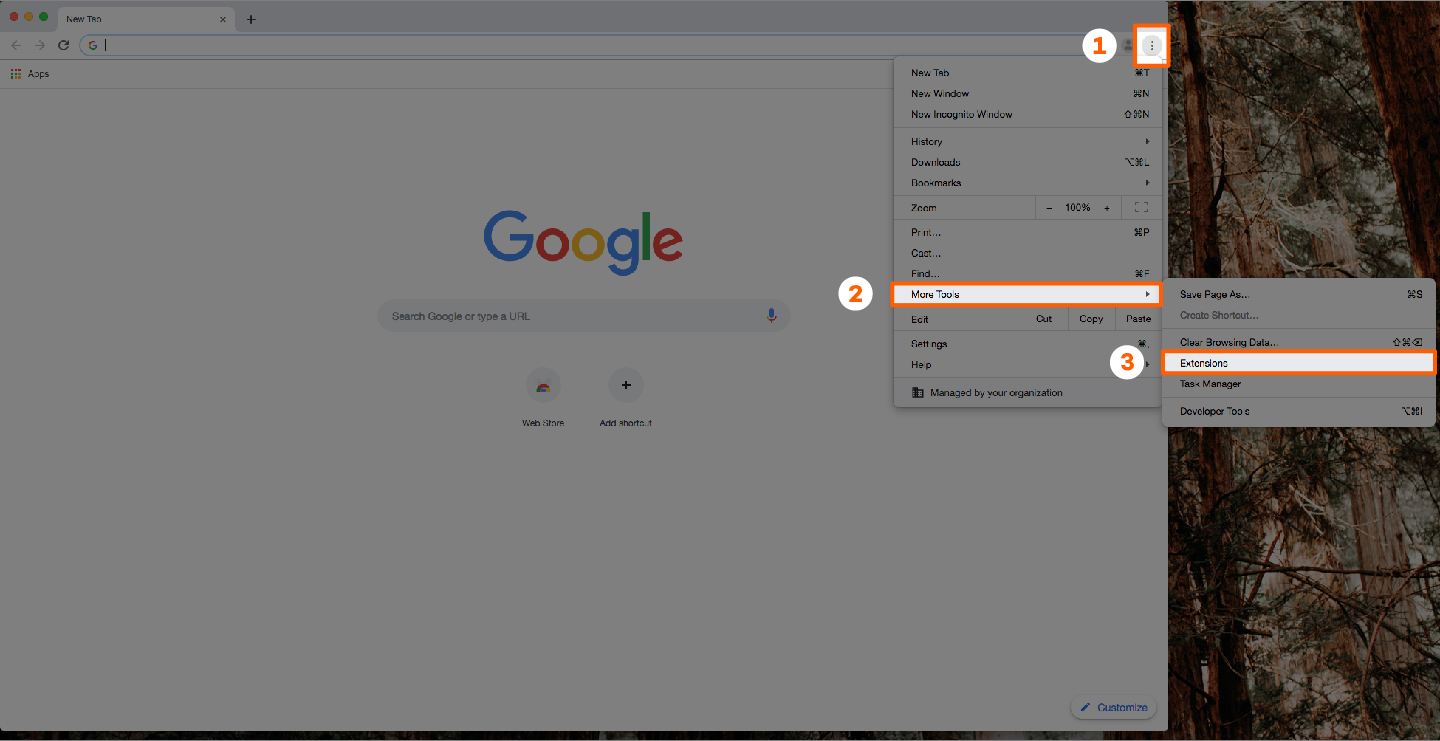







25 comments
my thing says it is chromium but i looked through this and seen nothing that looked like mine it has a search thing up top of my computer but it wont go away
that happened to me as well, i went to control panel and clicked uninstall program and clicked something that didn’t look familiar and it got rid of it
That happened to mine. OOf
I’ve tried to uninstall Chromium via these steps and my laptop refuses to actually uninstall it.
This is exactly what is happening to me. I tried to uninstall it but it will not go anywhere.
Had the same issue. Just find the shortcut on your desktop. Left click it and click the option to “Open File Location”. It ill take you to the program called “chromium.exe” delete that. Then click on any shortcuts to the program it should say “program not found delete shortcut?” click yes and it should be gone.
i tried uninstalling it but it said “please wait until the current program is finished uninstalling or being changed” and it’s definitely not uninstalling
Had the same issue. Just find the shortcut on your desktop. Left click it and click the option to “Open File Location”. It ill take you to the program called “chromium.exe” delete that. Then click on any shortcuts to the program it should say “program not found delete shortcut?” click yes and it should be gone.
My chromium keeps coming back and reinstalling itself with additional malware and other bad files. How do I stop this from happening?
Try enabling Windows Security.
I followed all the steps and I noticed it came back. I looked into it and it changed to look like Discord. You won’t know which apps it’s been inside so you may need to reset your computer.
I’m just formatting my computer
Thank you so much! You provided great information that helped me uninstall chromium. It is also known as web discover so be careful.
Yes Jack
Same case here
All worthless, only way I found to fix it was regedit cmd and remove policies
Bullshit. It’s impossible to uninstall.
Had the same issue. Just find the shortcut on your desktop. Left click it and click the option to “Open File Location”. It ill take you to the program called “chromium.exe” delete that. Then click on any shortcuts to the program it should say “program not found delete shortcut?” click yes and it should be gone.
same here…..I tried a lot but did not
The 2 codes i got from Panda don’t work like Adobe
None of this works. Its not even showing in my Program list, but keeps popping up every time I restart my computer!! So very frustrating. And my computer seems to hang while its is open.
Had the same issue. Just find the shortcut on your desktop. Left click it and click the option to “Open File Location”. It ill take you to the program called “chromium.exe” delete that. Then click on any shortcuts to the program it should say “program not found delete shortcut?” click yes and it should be gone.
Chromium. It is NOT A VIRUS.
No. The facts on this website is incorrect and Chromium is just a open-source version of Google Chrome.
Google’s Chrome Browser is a browser based on Chromium.
Chromium is a free browser where ANYONE CAN EDIT. For people who want their own browser, they can make one easily with Chromium, rather than starting from scratch.
When someone sends you a link that includes Chromium, that may be a virus becuase I’ve said, anyone can edit it.
To rap things up, Chromium is just a browser where you can edit to make your own browser.
Hello Artyom,
The article says that Chromium is an open-source browser right at the beginning.
Regards,
Panda Security
I finally was able to remove it hopefully my computer will run faster now!
Chromium is a legitimate browser and open source does not make it unstable. Google Chrome and Chromium share the same source code, with Chrome merely having some additional proprietary Google features. Even Microsoft Edge uses most of Chromium’s code.
The real problem is that Windows users are forced to rely on downloading software from random websites instead of trusted repositories, so any unscrupulous developer can easily trick them into downloading their version of Chromium with added malware and hope that victims don’t notice because it’s so like Chrome. After reading this article I wouldn’t trust Panda.